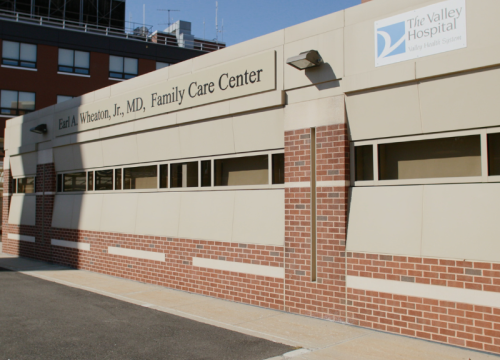Valvuloplasty is a minimally invasive procedure that uses a balloon to widen narrowed valves. Also known as balloon valvuloplasty, this procedure can restore normal blood flow in patients with valve stenosis.
Valvuloplasty at Valley
Valve experts at Valley offer valvuloplasty to address all forms of stenosis. At Valley, valvuloplasty is a minimally invasive procedure performed in the cardiac catheterization laboratory.
Mitral Valvuloplasty
- Mitral balloon valvuloplasty restores normal blood flow and reduces pressure in the hearts and lungs of patients with mitral valve stenosis.
- Due to rheumatic fever, mitral valves can become scarred, narrowing the mitral valve. This narrowing (mitral stenosis) obstructs blood flow into the left ventricle of the heart.
- As a result, most patients experience shortness of breath and fatigue. If left untreated, the condition can be life-threatening.
- During mitral valvuloplasty, the mitral valve opening is widened by inflating and deflating a balloon.
- Most patients are often able to return home the following day.
Aortic Valvuloplasty
- Aortic valvuloplasty restores normal blood flow in patients with aortic stenosis, also known as aortic valve stenosis.
- During aortic balloon valvuloplasty, the aortic valve is widened by inflating and deflating a balloon.
- Most patients are often able to return home the following day.
Pulmonary Valvuloplasty
- Pulmonary valvuloplasty restores normal blood flow in patients with pulmonary stenosis.
- In pulmonary stenosis, the pulmonary valve does not fully open. It is often a condition that you are born with, in which case it is referred to as congenital pulmonary stenosis.
- During pulmonary balloon valvuloplasty, the pulmonary valve is widened by inflating and deflating a balloon.
- Most patients are often able to return home the following day.
Why Choose Valley for Valvuloplasty?
- Radial artery approach: For many catheter procedures at Valley, we insert a catheter into the radial artery in the wrist rather than the femoral artery in the groin. Using the radial artery minimizes the risk of bleeding, improves patient satisfaction and reduces recovery times.
- Team approach to individualized plans: Through a collaborative, team-based approach, Valley’s valve specialists work with other heart specialists to share ideas; help patients select a plan of care that is right for them and their goals; and deliver optimal care to every patient.
















